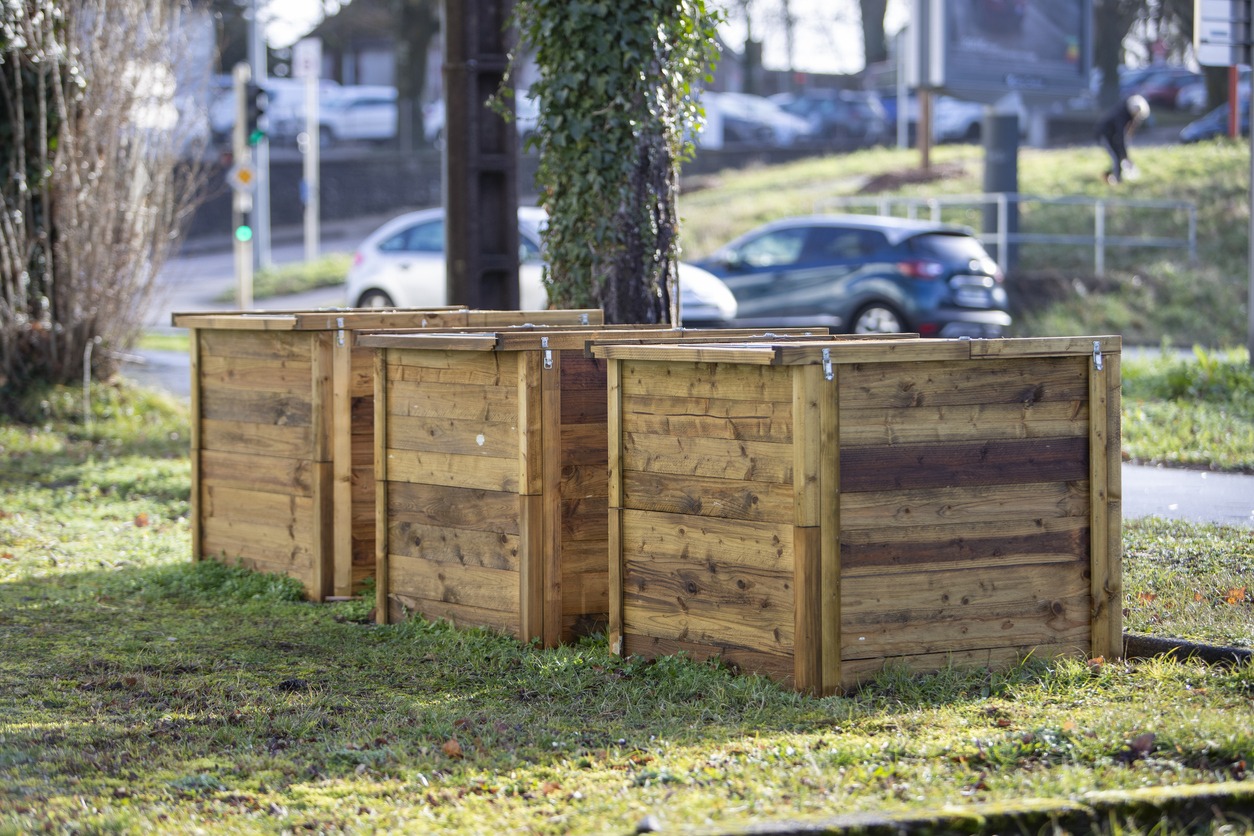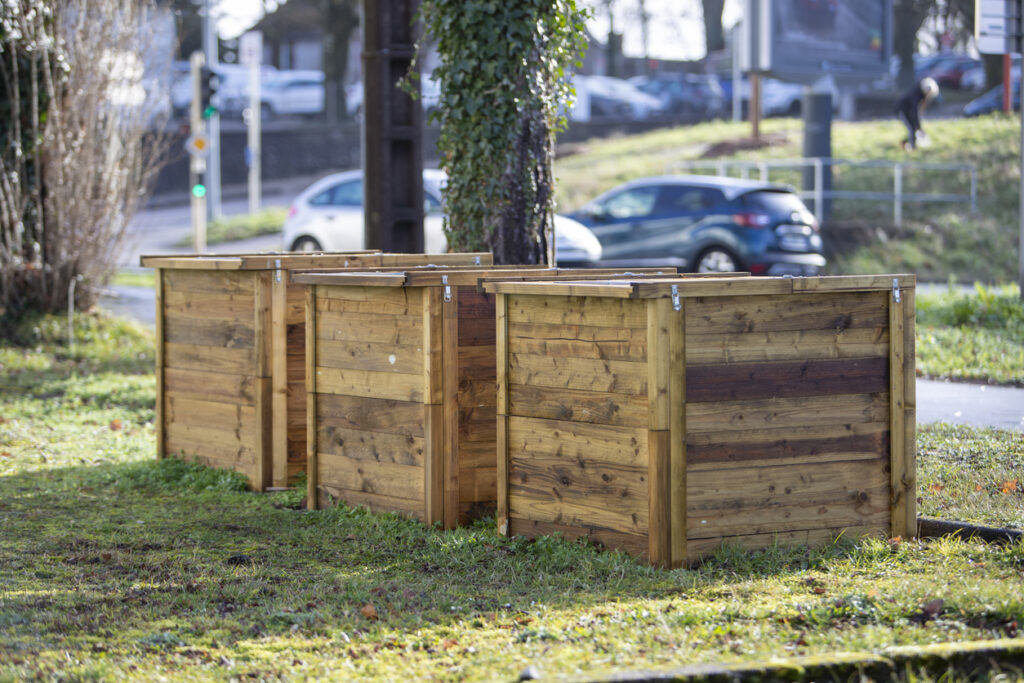International Compost Awareness Week 2025 runs from May 4th-10th this year. As urban waste increases while populations soar, several global cities have implemented sustainable waste management strategies which include composting programs and initiatives. Here’s a closer look at how they’re spearheading the compost revolution.
The Global Waste Crisis
You might not think twice about throwing out dinner leftovers. After all, how many nights in a row can you eat the same thing? You’re not the only one doing so, though, meaning you and millions of others are adding to the global waste crisis.
According to one study, people generate over 2 billion metric tons of biodegradable agro-waste annually, a trend experts predict will increase by 70% by 2050. It can be broken down easily and comprises crop residues, livestock manure and food processing byproducts.
When food waste gets sent to landfills, incinerators emit harmful carbon dioxide (CO2), mercury, polycyclic aromatic hydrocarbons and particulate matter (PM2.5). In fact, 29% of global human-induced PM2.5 derives from burning trash. At the same time, 1 metric ton of solid food waste in landfills generates 0.75 metric tons of CO2 equivalent in methane emissions — the greatest contributor to global warming.
Composting delivers a viable solution, helping global communities and individuals mitigate waste and benefit the environment. Allowing organic waste to decompose in a climate-friendly manner significantly reduces landfill methane — microorganisms exhale CO2 while breaking down food, which is far less potent.
This sustainable waste management strategy also retains more nutrients and moisture for optimal soil health, promoting organic plant growth and increasing yields. Farmers have even added high-quality compost to their soil for thousands of years to maintain their land and harvests.
The practice also facilitates a more sustainable waste management system. Less food waste means fewer garbage trucks to collect trash for landfilling. Overall, composting can reduce emissions by 41 grams of CO2 equivalent per load of organic waste.
5 Global Cities Revolutionizing Waste Management With Composting
Cities worldwide are addressing increasing waste flow to limit landfill pressure and improve climate friendliness. Composting programs throughout these five locations have played a critical role in their progress, entailing communitywide efforts to make an impact.
1. San Francisco, California
Although several compost initiatives have popped up across the United States, San Francisco’s waste management approach stands out. The city’s composting journey began in 2002 when it committed to 75% waste diversion by 2010 and set a long-term zero-waste goal. It exceeded its first objective by 2008 with an 80% waste reduction.
By 2009, San Francisco passed the Mandatory Recycling and Composting Ordinance, demanding its citizens separate all recyclable, compostable and regular trash. It then updated its strategy to reduce solid waste by 15% and landfill and incineration disposal by 50% by 2030.
San Francisco’s three-stream collection system makes it easy for residents and businesses to utilize a wide range of bins. It was the first city to implement an urban food scraps composting collection program nationwide and has successfully collected over 2 million tons of compostable materials for local farms, vineyards and orchards.
2. Copenhagen, Denmark
Copenhagen has a robust waste management system and has set its sights on composting in recent years. In 2017, the city provided residents with free small waste bins and biodegradable bags, encouraging them to sort kitchen biowaste for collection.
By 2018, Copenhagen collected 12,800 metric tons of food scraps and other biodegradable materials, setting a new goal of 35,000 metric tons — equivalent to 6,000 metric tons of CO2 — by 2024. Even more impressive was how residents incorrectly sorted only 3% to 4% of the waste.
3. Toronto, Canada
Canada is one of the biggest waste-contributing countries. With a growing population in urban areas accumulating ample biodegradable food waste, there are several composting opportunities throughout the provinces.
Toronto collects organic waste from 460,000 homes, schools and buildings as part of its Green Bin program. The initiative aims to divert biowaste from landfills to create nutrient-rich compost for feed and soil. The Green Bin also enables the city to generate renewable biogas for powering vehicles and heating buildings.
In addition to all food waste, Toronto residents can add clean paper products, coffee grounds, used paper plates and takeout packaging — as long as it doesn’t have a wax or plastic coating — pizza boxes, houseplants, pet waste, diapers and feminine hygiene products.
4. London, England
London also has a Green Bin organics program, allowing city residents to throw away 44 pounds of food waste and paper products during each collection period. Because of odors, municipal waste management picks up the Green Bin materials weekly with biweekly garbage pickup.
Londoners can download the Recycle Coach app on their mobile phones for information regarding acceptable materials. Generally, the program recommends leaving something out if you’re in doubt. Also, the Green Bin is only available to residents, not businesses.
5. São Paulo, Brazil
São Paulo, Brazil, has been a masterclass in community composting. Despite not having a citywide composting framework, citizens created 10 compost piles across three public squares. From 2018 to 2021, the group of 15 to 30 neighbors composted 20.28 metric tons of residential organic waste, equal to saving 27,662 pounds of CO2.
The civil efforts successfully demonstrated how effectively a community-driven initiative could impact waste management and environmental stewardship. This initiative promotes expansion to more locations throughout São Paulo with the support of governmental policies, while researchers deemed the composted materials suitable for agricultural purposes.
Quick Guide to Composting at Home
Composting at home is simple and helps you improve your carbon footprint and create healthy soil for the garden. You’ll want to start with a bin, although you don’t need to invest in an expensive one. Build one yourself with inexpensive lumber, ask a big box store for a leftover pallet or opt for a smaller countertop container, if outdoor space is limited. Just be sure it has a tight lid to prevent odors.
Start filling your bin with organic food waste, yard clippings and paper goods, turning it every 24 to 48 hours. Typically, your kitchen scraps will take six to 12 months to biodegrade, but using equal parts of green and brown layers and water can speed the process up to 14 to 18 days.
Keeping the compost pile moist is crucial. Ideally, the top layer should reach 130 to 160 degrees Fahrenheit in the first few days. Then, turn the pile when the center cools to regenerate heat. Turning your compost pile provides oxygen to the microorganisms, helping them break down the material more efficiently.
You may need to troubleshoot to ensure your compost process remains active. For instance, you must aerate or add dry material if it has a foul odor. If the pile is damp but warm in the middle, you may have to mix in more scraps. A moist, sweet-smelling heap could also be missing nitrogen from grass clippings or manure.
Reducing Waste One Leftover at a Time
Composting initiatives are inspiring new programs across cities worldwide. They’ve also encouraged more people to divert their food scraps from landfills and compost at home. It takes just a few food scraps to make a difference in addressing the global waste crisis while reaping the benefits of nutrient-dense soil and robust harvests.
Source link
Rose Morrison biofriendlyplanet.com


